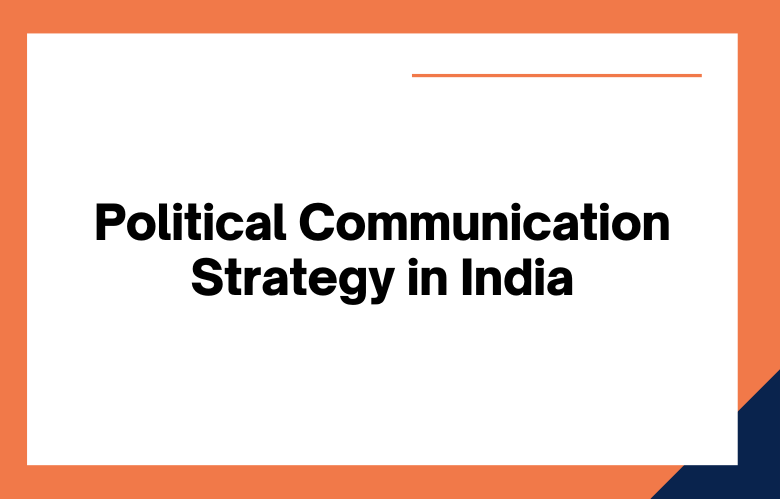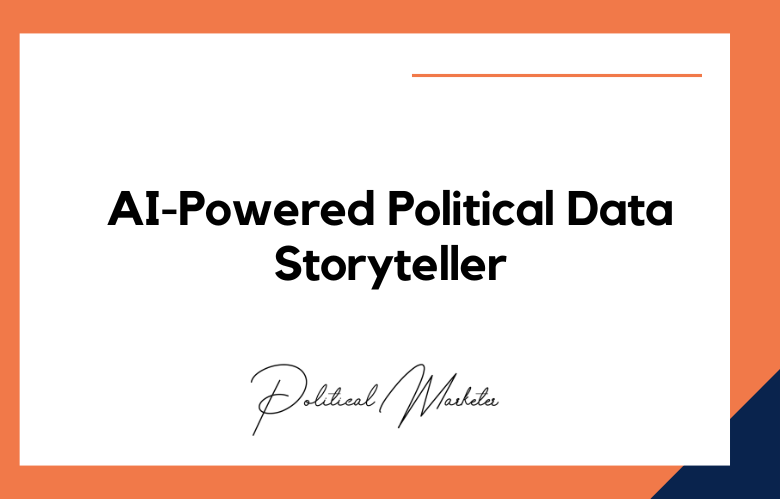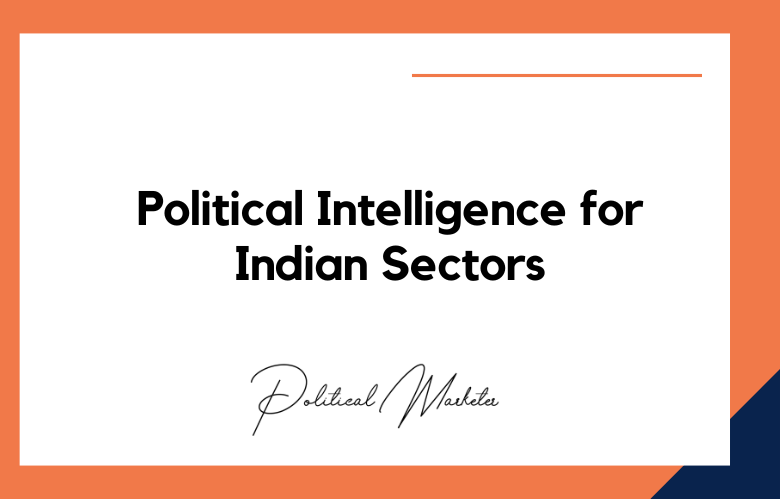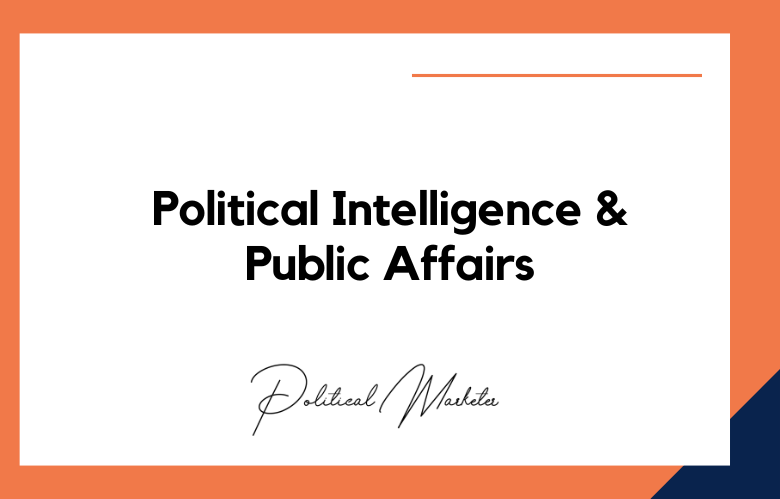Every political campaign needs a strong communication strategy to ensure its success. This is especially true in India, where the population is diverse, and political messaging must be tailored to meet the unique needs of each region.
Understanding the critical elements of successful political communication is essential for crafting an effective communication strategy for a political campaign in India.
What is Political Communication strategy?
Political communication strategy uses communication and media to influence public opinion and, ultimately, shape political outcomes. It’s a powerful tool that Indian politicians have used for decades.
In India, political communication can take many forms, including television advertisements, campaign speeches, rallies, newspapers, and other forms of media. Let’s explore what makes political communication in India so effective.
It includes researching how politicians use language and rhetoric to present their views and persuade others. This includes analyzing the media’s role in reporting news stories about politics and examining how citizens interact with these messages.
In India, political communication strategies have been used for decades to influence electoral outcomes. Politicians regularly employ various tactics, such as using social media platforms and engaging with the press.
They organize rallies or events to reach potential voters. They often rely on traditional advertising methods, such as television commercials or radio spots, to spread their message.
How does the Political Communication strategy work in India?
Political communication strategies work by creating a compelling narrative that resonates with voters and captures their attention. To optimize its effectiveness, this narrative should be tailored specifically for the target audience.
Politicians must also ensure that their message is consistent across all channels so that voters receive a unified message regardless of where they encounter it. Politicians must also consider.
The timing of their messaging must be timely enough that it captures people’s attention but not so frequently that it becomes overwhelming or monotonous. Lastly, politicians must ensure.
Their messaging is focused on issues rather than personalities, so it does not alienate any particular demographic or segment of society.
How do Political Leaders in India use Communication Strategies?
In India, political communication is a complex undertaking. There are many different elements to consider when developing a successful strategy.
From using social media to implementing public relations campaigns and understanding how Indian politicians communicate with their constituents.
This is critical for anyone interested in the country’s political landscape. Let’s break down some of India’s essential elements of political communication strategies.
Social Media Platforms
In an increasingly digital world, it is no surprise that Indian politicians have embraced social media, specifically Facebook, Twitter, and YouTube, as a primary means of connecting with their audiences.
Do politicians use all popular channels to share their messages and interact with supporters? Instagram has also become increasingly popular among younger voters looking for candidate information.
And policies they may be interested in supporting. With millions of users logging into these platforms daily, social media provides an invaluable platform for candidates to make their messages heard.
Public Relations Campaigns
Public relations campaigns are another essential element in any effective communication strategy. These campaigns focus on spreading positive messages about a candidate or party through press releases, interviews, events, and more.
Public relations professionals are experts at crafting messages that positively portray a politician or party’s image and maintain a consistent presence in the public eye.
In addition to traditional PR tactics like interviews and press conferences, campaigns can leverage digital PR tools such as SEO optimization and influencer marketing to reach more people online.
Traditional Media Outlets
Though traditional media outlets such as print newspapers and television news shows are becoming less relevant in today’s society, they still play an essential role in communicating political messages to large audiences across India.
Politicians use these outlets to get their message heard by people from all walks of life who may not be active on social media or be exposed to digital PR efforts.
By utilizing traditional and modern communication tactics, politicians can ensure they reach as many potential voters as possible before election day arrives.
Understanding the Key Elements of Political Communication in India
Targeting Your Audience
The first step in developing an effective communication strategy for your political campaign is identifying your target audience. Understanding who you are trying to reach and tailoring your message is essential.
It would help to consider factors such as age, gender, socio-economic status, religion, language, and region when determining.
Which messages will resonate most with your intended audience? It’s also essential to keep up with current events and trends to adjust your communications.
Choosing the Right Platforms
Once you have identified your target audience, you must determine which platforms will most effectively reach them. Numerous options are available, including television, radio, newspapers, websites, and print materials.
such as leaflets or posters and social media channels like Facebook and Twitter. Each platform has advantages and disadvantages; it is essential to research each one thoroughly before deciding which best suits your needs.
Creating Engaging Content
No matter which platforms you choose for your campaign’s communications strategy, all content must be engaging enough to capture potential voters’ attention. This means creating clear yet persuasive content.
But not overly sensationalized or biased. It should also be sufficient for people to quickly grasp its main points without reading too much text or watching a long video clip.
Visuals such as images or infographics help break up large amounts of text so readers can more easily digest complex ideas or concepts related to your message.
Political Messaging
Political messaging is one of the essential elements of political communication in India. Politicians use political messaging to communicate their policy positions to the public and to convince voters.
They are the best choice for the office, and political messaging can take many forms, from speeches and debates to press conferences and television advertisements. Politicians often employ PR firms to craft compelling messages that will resonate with voters.
Conclusion
Political campaigns require well-crafted communication strategies to succeed in India’s complex landscape of diverse populations and regions. They know how to target the right audience and choose appropriate platforms.
These are essential components of any successful strategy. However, even the best plans require engaging content if they will capture people’s attention and motivate them to take action by voting for you at election time.
Understanding these critical elements of political communication strategy and incorporating them into your plan accordingly in India can ensure that your message reaches its intended audience and has maximum impact on Election Day.
Call: +91 9848321284
Email: [email protected]











